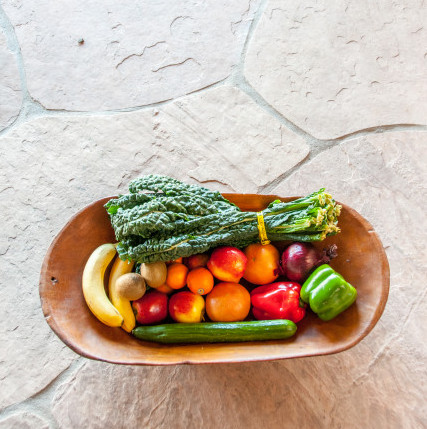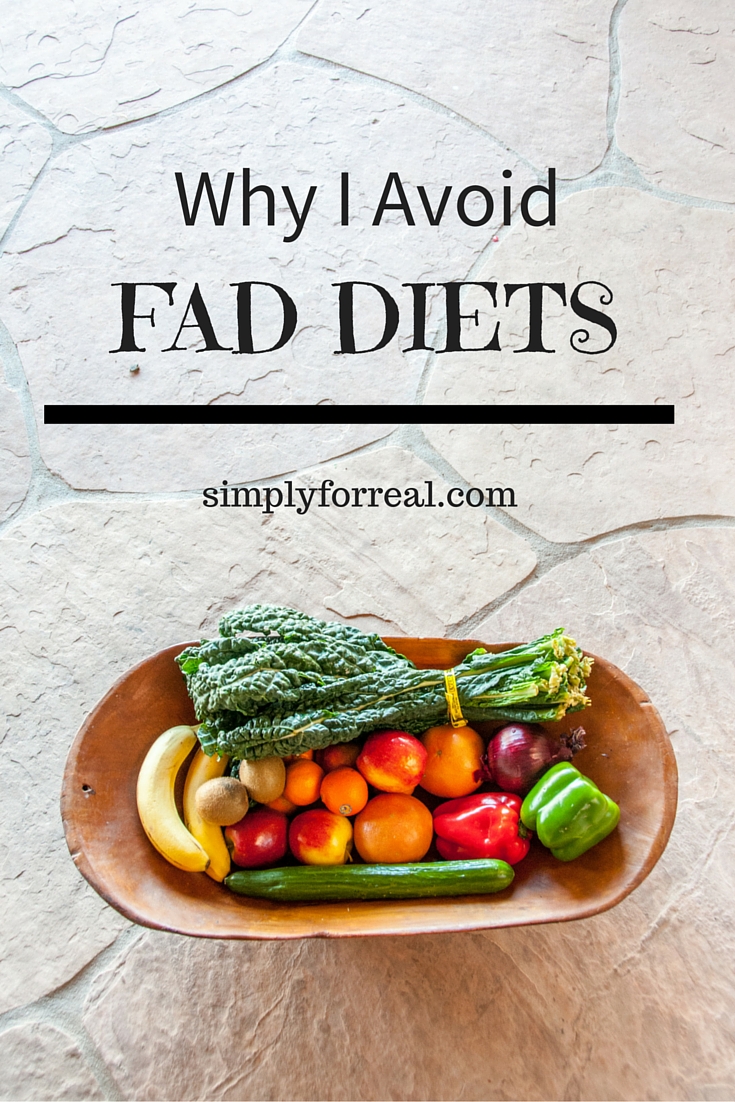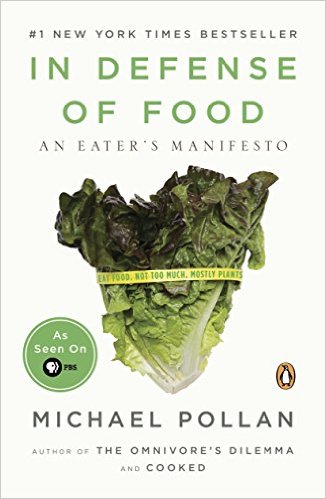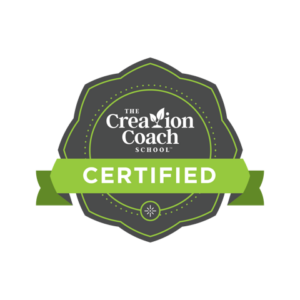
The holidays have now passed and, with them, the seemingly endless supply of unhealthy treats. Many of us (including me) are determined to revise our eating habits as the new year gets underway. The media is overrun with advertisements for gym memberships, exercise equipment and the latest diets. Nutritional claims are plastered all over products in the grocery store. Magazine covers call to us from checkout stands, claiming to know the newest and best way to lose a few pounds. Weight loss books of all varieties prominently line the bookstore shelves.
Some experts tell you to avoid fat. Some swear that carbohydrates are the enemy. Others preach that gluten is the source of all health problems and should be avoided at all costs. Some encourage you to avoid animal products, while those on the opposite end of the spectrum tell you that eating large amounts of protein (usually in the form of meat) is definitely the way to kickstart your weight loss. Some tell you that it all comes down to calories – that weight loss is really just a math equation. Eat less. Exercise more. But are all calories created equal? Is there more to health and nutrition than calories and exercise alone?
Is it just me, or is all of this hoopla confusing? How do you know what to believe?
I have always been intrigued by nutrition. I studied the science behind it as a food science and nutrition minor in college and it was all fascinating to me. In the years since then, I have spent a good deal of time sifting through the layers of what has become the incredibly complex American diet in an attempt to get to the bottom of one simple question: what does a healthy diet look like?
You would think that the answer to that question would be pretty straightforward, but it is not. Scientific studies are constantly changing what we think of as healthy, until they are disproved at a later date by other studies that tell us something completely different. (Low-fat…high protein…low carb…omega 3s…trans fat….what?!?)
Didn’t people successfully live for thousands of years without scientists and nutritionists telling them what to eat? Didn’t eating used to be rather intuitive? When did this whole process become so complicated?
I think it is all explained very well in the book, In Defense of Food, by Michael Pollan:
This book changed how I thought about food. It simplified the whole process of determining what to eat, bringing it down to one simple idea:
Eat food. Not too much. Mostly plants.
Food, according to Pollan, is anything your great-grandparents or great-great-grandparents, depending on how old you are, would have recognized. That discounts most of the highly processed “food-like substances” that line the shelves of the grocery store, whose long lists of ingredients contain obscure substances (carrageenan…tri-calcium phosphate…what are those?). “Food” has a short list of easily recognizable ingredients or, better yet, – no ingredient list at all. It is as close to its natural state as possible.
When you choose to eat this way, you may not lose weight at an alarming rate. However, you can rest assured that you are choosing foods that are healthy in the broadest sense of the word. They nourished people for centuries before eating became so scientific and confusing – before calories and nutrients played center stage – before obesity became an epidemic and fad diets emerged, promising amazing results, but often failing to deliver anything sustainable.
Like many of you, my pants are feeling a little snug after too much holiday indulgence. I am not, however, turning to the latest miracle diet (or any “diet”) for quick results. I avoid those because they provide more questions than answers as different foods and nutrients rise to super-food status or become demonized, depending on the latest research. Rather, I am going back to my whole food roots – the tried and true method of eating, complete with plenty of real, fresh, minimally processed food that tastes great and leaves me feeling satisfied. Add in a healthy dose of exercise in the fresh air and you have my simple New Year’s health plan.
Welcome, 2016!



